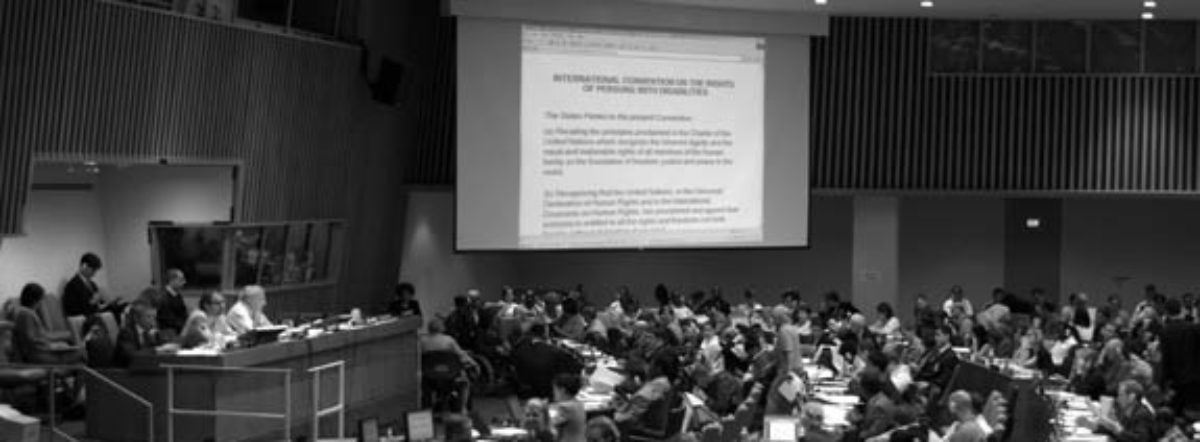Segment 1: Basics and Introduction
Evolution and revolution in human rights
The logic of non-discrimination, substantive equality, standpoint theory as keys to the CRPD revolution
Understanding and using human rights instruments; CRPD structure and overview, drafting and negotiations from survivor perspective
Forced psychiatric interventions as torture: naming violence and calling for comprehensive reparations
Normative basis, viewed from multiple angles (CAT article 1 definition, discriminatory violence, failure to protect PWD against objectively recognized harm)
Importance of legal capacity for survivors/victims/resisters of psychiatric violence: self-defense, emerging from guardianship, social equality
Law reform, core premises, relationship to abolition of forced psychiatry
Understanding and using CRPD General Comment No. 1 and complementary materials
Deprivation of liberty is control of the body, that enables psychiatric violence. There is no legitimate reason for psychiatric commitment, as it is discriminatory control and segregation.
CRPD absolute prohibition of commitment and forced treatment, linkage with legal capacity and prohibition of torture; also: equality and reasonable accommodation in the criminal justice system and other detention settings, prison abolition and restorative justice/community accountability
Understanding and using CRPD Guidelines on Article 14 and complementary materials
Segment 5: Independent living vs the right to health
How can we conceptualize and practice support in crisis and distress, from a pure social model? What is the relationship between this and the right to fully free and informed consent in mental health services, without any coercion, intimidation or deception?
Segments 6 and 7: Process of implementation and monitoring
Human rights treaties in domestic law, CRPD general obligations of implementation, CRPD international monitoring process, civil society engagement with UN human rights mechanisms
Getting to know national and international implementation and monitoring mechanisms, preparing to use them
Segment 8 – Criminal responsibility and Intersectionality
Spring 2017 topic – Criminal responsibility
Fall 2017 topic – Intersectionality
New segment: Deinstitutionalization – Reparative Justice Approach
**
(c) Tina Minkowitz 2020-2022
